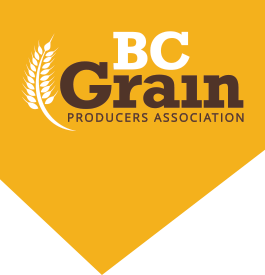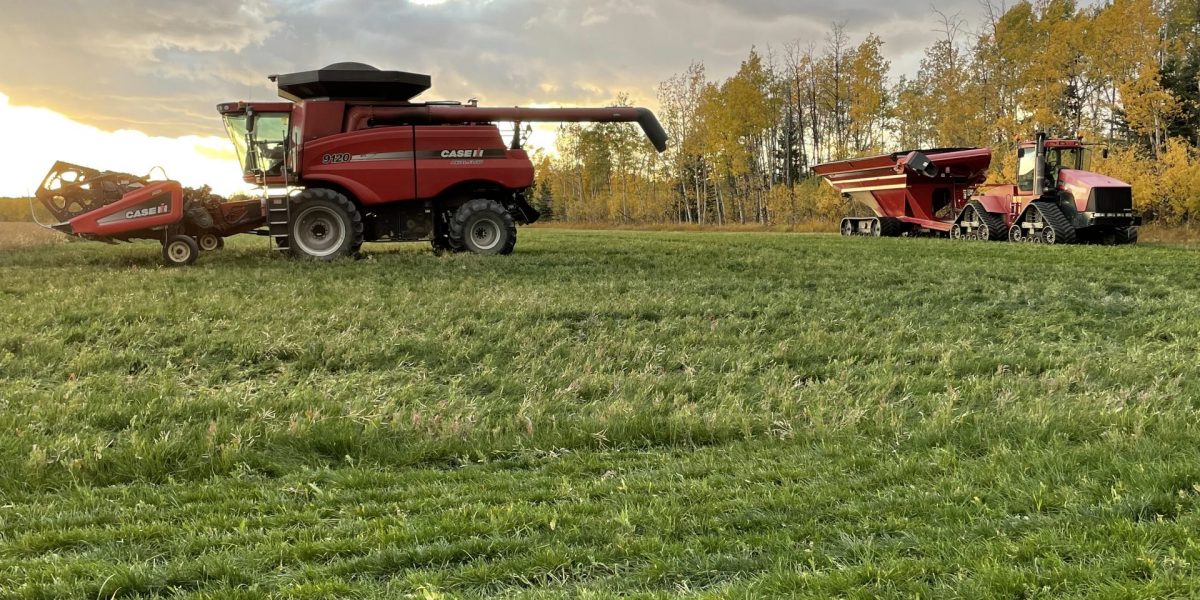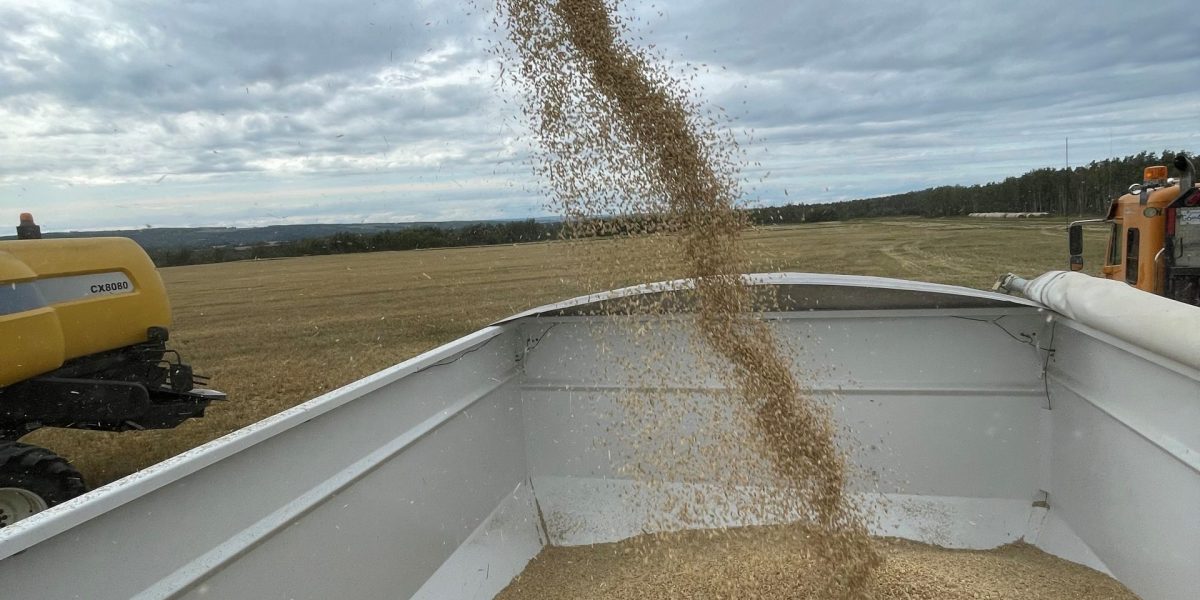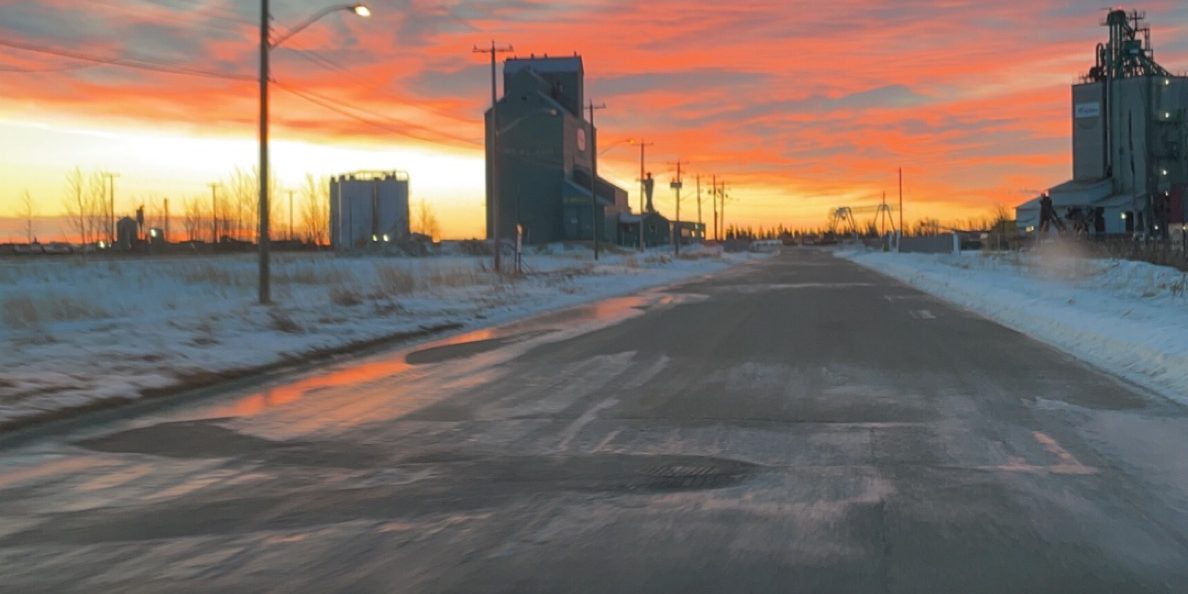April 29, 2022
Prepared by: Keith Uloth, Phone: 250-613-0761, Email: pest@bcgrain.com
Annual monitoring for the invasive insect, Pea Leaf Weevil (Sitona lineatus) started in the BC Peace in 2019 after detections in the Alberta Peace. A known pest to pulse crops and perennial legumes, this insect has slowly been spreading northwestward since detection in Southern Alberta in the late 1990s. Recent confirmation from two trap collections confirmed Pea Leaf Weevil to be in the South Peace area.
Continued monitoring of pea and perennial legume fields using scouting and pheromone baited pitfall traps will continue again this season from the BC Peace Pest Monitoring Project starting in early May and continuing to early fall. This will help determine where this pest is within the region.
Early season monitoring is crucial as the plants develop; with scouting beginning at the first node stage when notching to the leaves occurs. Following is some general information on the weevil’s biology and methods of control. Also provided are some useful links for additional information and pictures.
Life Cycle and Scouting:
- Both the Adult and Larvae damage the host plant. The adult feed on the leaves causing notching, while the larvae feed on the nodules within the root system.
- Adult weevils fly into fields after overwintering in alfalfa or other perennial legumes.
- Females can lay 1000-1500 eggs in pea and bean fields from May to June. Eggs are laid singly in the soil near the base of new plants.
- Scouting is recommended from the 1st – 6th Node stages, with a focus on looking for leaf notching caused by adults.
- Adult weevils are tricky to see as they are quite small (roughly 5mm) and like to drop to the ground when disturbed.
- Larvae feeding on nodules might be present so any pea field that’s faltering prior to flowering OR fails to flower when expected OR isn’t putting out or filling pods will warrant follow-up.
- In weak plants, check for larvae develop in the soil around roots.
- Larvae tend to be in a “C” shape, are milky-white with a brown head, and have no legs. They range in length from 3.5-5.5 mm.
- New generation adults emerge from late July to August when they will seek pulse crops to feed upon prior to overwintering
Control:
Chemical:
- Insecticides (group 3 and 28) are registered for use for foliar application before the crop reached the 6 node stage.
- Seed treatments are registered (group 4 and 28).
- Experience in other regions indicates that seed treatments are more effective in decreasing pest damage compared to foliar spray.
Biological:
- Some Ground beetles will feed on adults and larvae of Pea Leaf Weevil.
Alternative:
- Fertilizer treatment to increase nitrogen concentration in the soil may help limit the damage caused by this pest.
Links for more information:
Prairie Pest Monitoring Network Monitoring Protocol – Pea Leaf Weevil
Pea Leaf Weevil Information – Alberta Government
https://www.alberta.ca/pea-leaf-weevil-overview.aspx
If you think you have this pest, please contact Keith Uloth, Phone: 250-613-0761, Email: pest@bcgrain.com






